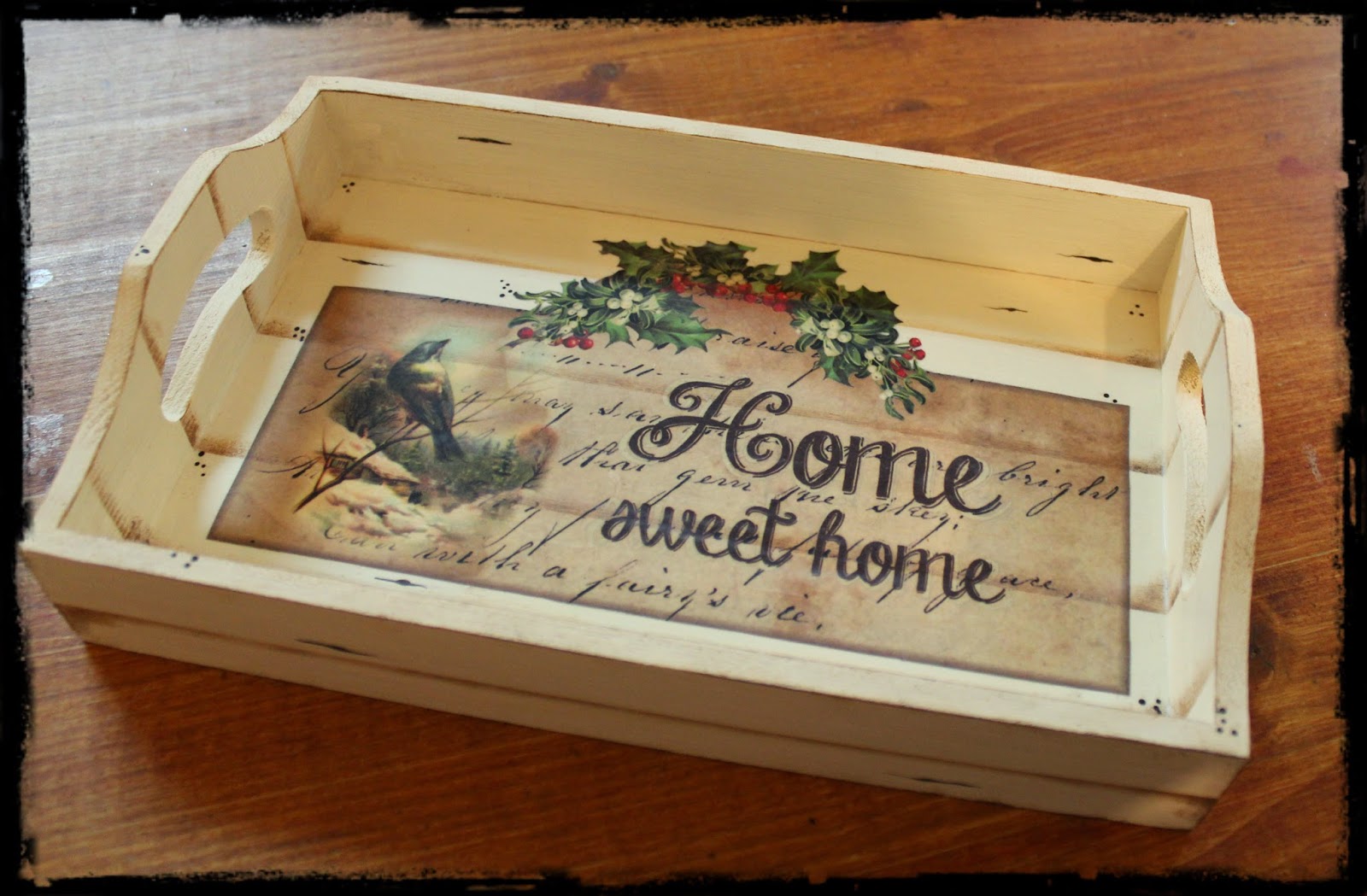Christmas is coming and it's never too early to start thinking about Christmas gifts and decorations. Here is an idea on how hot to decorate simple metal or glass jars and turn them into fabolous decorations in few simple steps.
You will need a few empty jars, acrylic primer and colours, rice paper, napkin glue, stencil, coarse structure paste, brush and sponges.

First step is to go threw your kitchen and find the empty jars and clean them. If you can't wash all of the glue off, don't worry you will cover it with paint. First step is to aply a coat of primer on the jar. Use a sponge and aply a thin layer, it will dry in few minutes.
After the primer is dry, aply a coat of white acryilic paint on the jar. You can use a brush and aply two layers if the first one doesn't cover the surface. Leave it to dry.
Now you can choose an image you want to put on your jar. It can be a napkin, rice paper, decoupage paper, or even a photo. We used rice paper with winter motives, and we glued it on the jar with napkin glue.
It's time to play with colors. Take a good look at your motive and choose three to four colours that you can see. We chose pastel colours for our romantic winter scene.
Use a sponge to aply acrylic colour, alternating colurs as you move around the motive. Blend in the colours using a dry sponge and leave it to dry.
For extra wintery feeling, use a stencil to add some snow flakes. You can use just plain dots stencil and aply the white acryilic with a sponge all over the jar. Make sure not to get too much snow on the picture.
Or you can use the really detailed snowflake stencil and play around with that, like we did on the lid.
For special icy feeling, use the dots stencil again, but this time aply a thin layer of transparent glossy gel with a spatula. Leave it to dry. Wash the stencil immediately with warm water.
And for the final touch, use a thin brush with strong bristle to add some more snow effects. Use grained structure paste and just add it on snowy bits on your picture. If you want, you can add white iridescent glitter for extra shine, but we decided to skip glitter this time, as we wanted more romantic, vintage feeling.
And here they are, perfect little winter jars that you can use as a Christmas decoration or if you fill them with cookies, hot chocolate mix or some special tea blend, a perfect present!





















